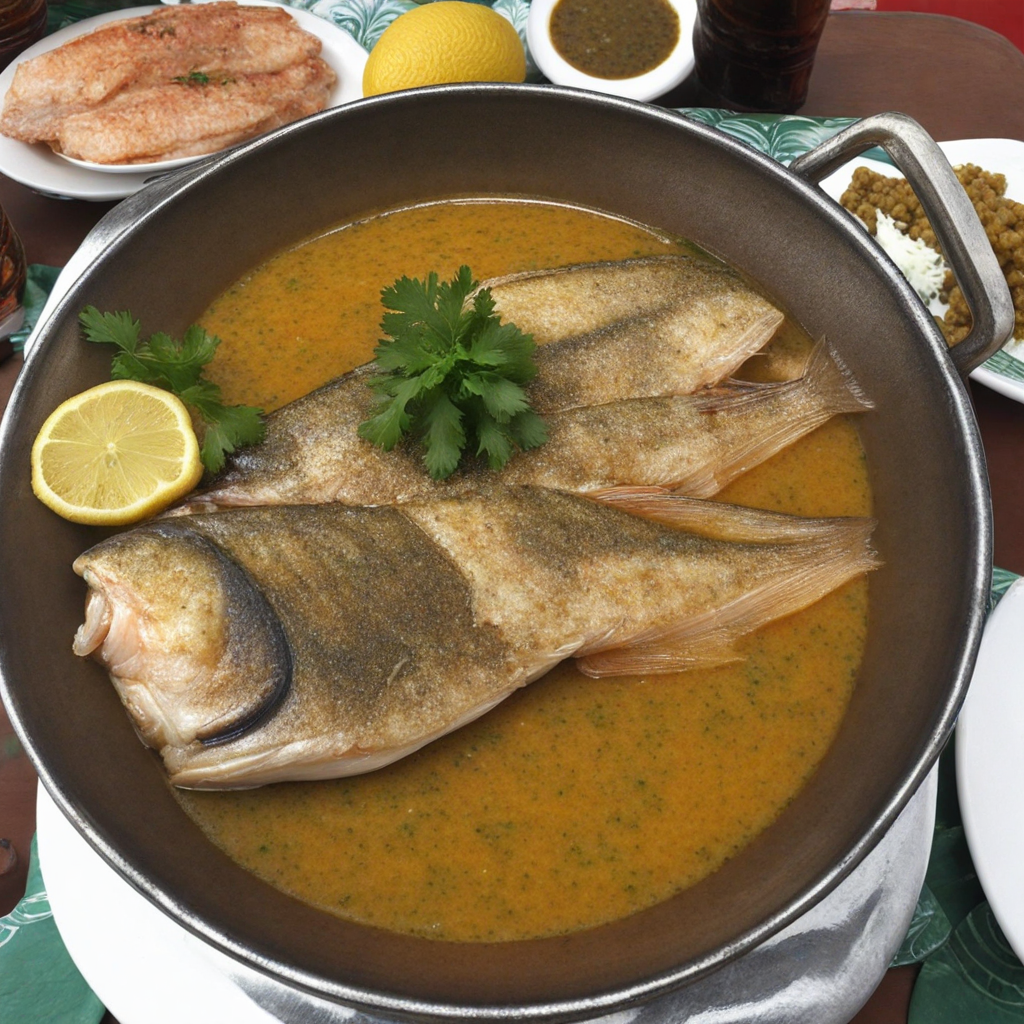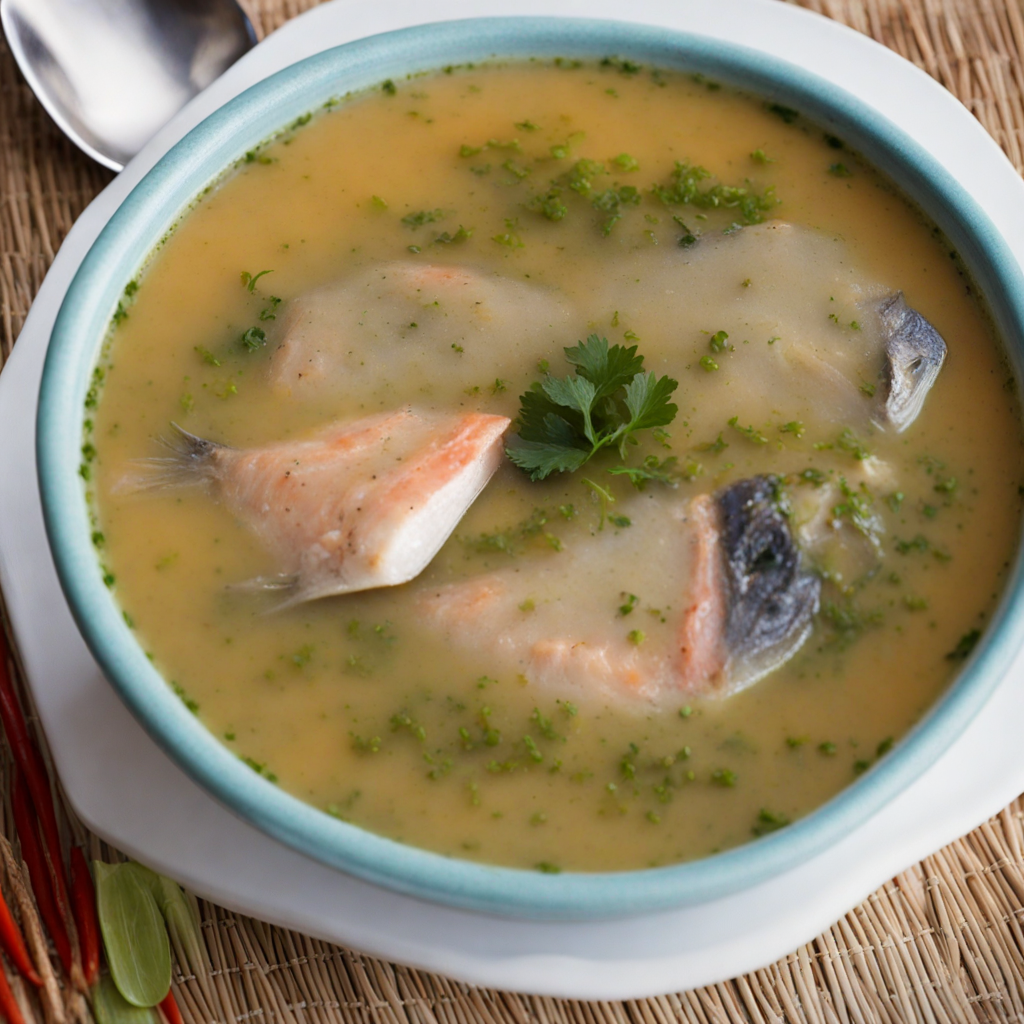Lomito
Lomito is a beloved dish from Paraguay that showcases the rich flavors of the region, primarily featuring tender cuts of beef. This dish is typically made from the sirloin or tenderloin, marinated with a blend of spices and herbs that enhance its natural juiciness and flavor. The meat is often grilled or pan-fried to perfection, achieving a delightful crust while remaining succulent and tender on the inside. The preparation emphasizes the quality of the beef, making it a staple in Paraguayan cuisine that meat lovers simply can't resist. Served as a sandwich or as a main dish, Lomito is often accompanied by fresh toppings such as lettuce, tomato, and mayonnaise, which add a refreshing crunch and creaminess that complement the savory meat. When served in a sandwich, the bread is usually crusty and hearty enough to hold the generous filling, making each bite a delightful experience. The dish also frequently includes a drizzle of spicy sauce or chimichurri, which adds an extra layer of flavor and a kick that enhances the overall taste. In Paraguay, Lomito is more than just a meal; it's a social experience often enjoyed during gatherings and celebrations. Street vendors and local restaurants alike pride themselves on their unique takes on the dish, making it a versatile option that can be enjoyed in various forms. Whether you're savoring a Lomito sandwich on the go or indulging in a full plate at a family gathering, this dish encapsulates the heart and soul of Paraguayan culinary traditions, inviting food enthusiasts to explore its delicious depths.
How It Became This Dish
Lomito: A Culinary Journey Through Paraguay’s Rich Gastronomy Lomito, a beloved dish in Paraguay, is a tantalizing representation of the country’s culinary heritage. It showcases the rich tapestry of influences that have shaped Paraguayan cuisine over the centuries. Delving into the history of lomito reveals not just the evolution of a dish, but also the cultural significance it holds for the people of Paraguay. Origins of Lomito The term "lomito" translates to "little loin" in Spanish, referring to cuts of meat, typically from the tenderloin or sirloin. The origins of this dish can be traced back to the early 19th century, when Paraguay was still a young nation. The culinary traditions of Paraguay are heavily influenced by indigenous Guarani cooking methods, Spanish colonial practices, and the influx of immigrants, particularly from Italy and Germany, during the 19th and 20th centuries. Prior to European colonization, the Guarani people relied on local ingredients such as corn, cassava, and various meats sourced from hunting. When the Spanish arrived, they introduced cattle ranching, which transformed meat consumption in the region. As cattle became more abundant, the use of beef in Paraguayan cooking flourished. Meat, especially beef, became a staple, and the preparation of cuts like lomito began to gain popularity. Cultural Significance Lomito holds a significant place in Paraguayan culture, serving as a symbol of national pride and culinary identity. It is often featured at family gatherings, celebrations, and communal events, where food plays a central role in social bonding. The dish is frequently enjoyed during traditional festivals such as the Fiesta de la Tradición, celebrating Paraguay’s heritage and customs. Additionally, lomito is emblematic of the Paraguayan way of life, characterized by a communal spirit and an appreciation for food as a means of connection. The preparation of lomito is often a communal activity, with family members or friends coming together to grill the meat, prepare side dishes, and share stories. This practice mirrors the broader Paraguayan cultural value of "tereré" (a traditional drink made from yerba mate), which emphasizes togetherness and hospitality. Development Over Time As Paraguay transformed throughout the 20th century, so did the lomito. The integration of international flavors and techniques led to the evolution of the dish, making it a versatile staple in both casual and upscale dining. In the post-war years, as the country rebuilt and modernized, the culinary scene began to diversify. Restaurants started to emerge in urban areas, and the lomito began to be served in a range of styles, from simple street fare to gourmet interpretations. In its traditional form, lomito is simply grilled beef, seasoned with salt and served with a side of salad and yuca or French fries. However, in contemporary cuisine, it has been adapted to suit a variety of tastes. Chefs began experimenting with marinades, incorporating spices and herbs such as garlic, paprika, and cilantro, which added layers of flavor to the dish. In many modern variations, lomito is served in sandwiches, layered with cheese, avocado, and a tangy sauce, making it a popular street food option. The rise of food tourism in Paraguay during the late 20th and early 21st centuries also contributed to the resurgence of traditional dishes like lomito. As visitors flocked to the country for its natural beauty and cultural experiences, local chefs sought to showcase Paraguayan cuisine. Lomito became a signature dish on menus, appealing to both locals and tourists eager to explore the flavors of the region. Lomito in Contemporary Cuisine Today, lomito is often served in restaurants throughout Paraguay and has become a mainstay in street food markets. Its popularity has spread beyond the borders of Paraguay, with variations appearing in neighboring countries, including Argentina and Brazil. In these regions, the preparation may differ slightly, with local spices and cooking techniques influencing the final result. In recent years, there has been a growing movement among chefs to return to traditional cooking methods, emphasizing the use of locally-sourced ingredients. This has led to a revival of interest in lomito, with many chefs exploring its historical roots while incorporating modern culinary techniques. The dish has also found its way into the international culinary scene, where chefs showcase it at food festivals and pop-up events, often highlighting its simplicity and rich flavor. The Future of Lomito As Paraguay continues to navigate a rapidly changing global culinary landscape, lomito remains a steadfast symbol of the nation’s identity. Its adaptability speaks to the resilience and creativity of Paraguayan cuisine. With a new generation of chefs embracing their heritage while innovating with contemporary flavors, lomito is poised to evolve further while retaining its core essence. In a world that increasingly values authenticity and local traditions, lomito stands as a testament to the enduring power of food to connect people across cultures and generations. Whether savored in a bustling market, at a family gathering, or in a fine dining setting, lomito encapsulates the spirit of Paraguay—a celebration of community, flavor, and history. Conclusion Lomito is more than just a dish; it is a reflection of Paraguay’s rich history and cultural identity. From its indigenous roots to its modern interpretations, lomito tells the story of a nation that has embraced its culinary heritage while welcoming new influences. As Paraguay continues to explore its culinary landscape, lomito will undoubtedly remain a cherished symbol of tradition and community, inviting all who enjoy it to partake in the flavors of Paraguay’s past and present.
You may like
Discover local flavors from Paraguay







